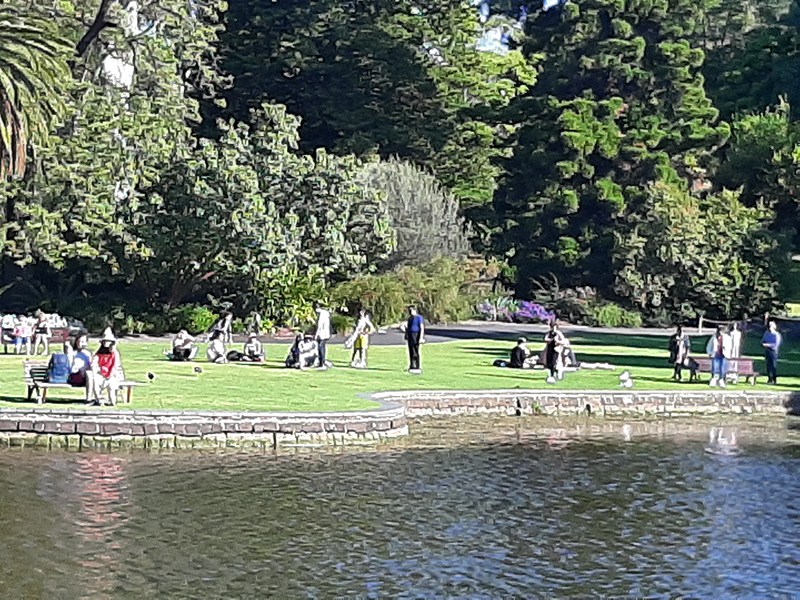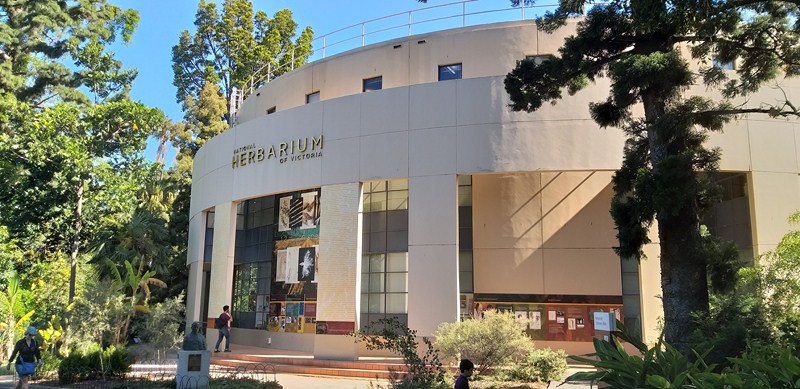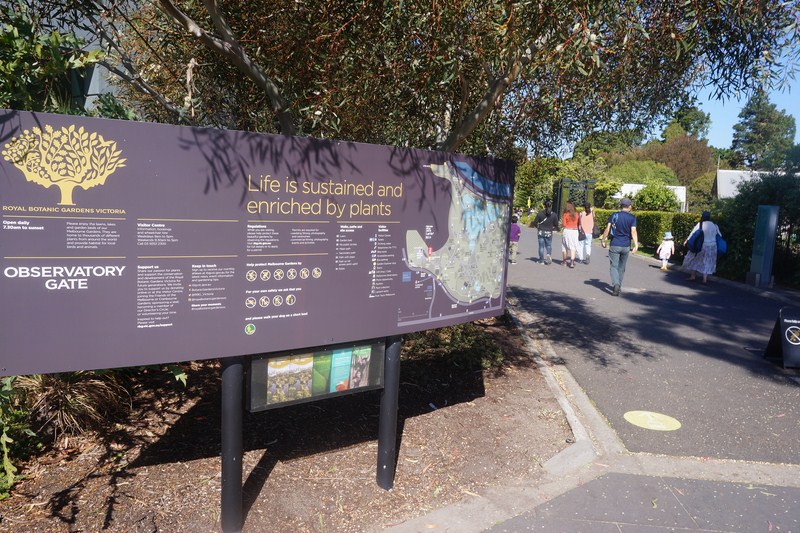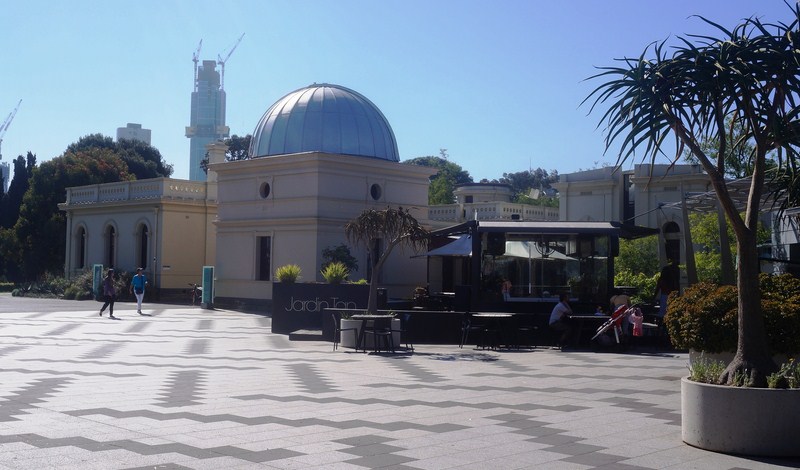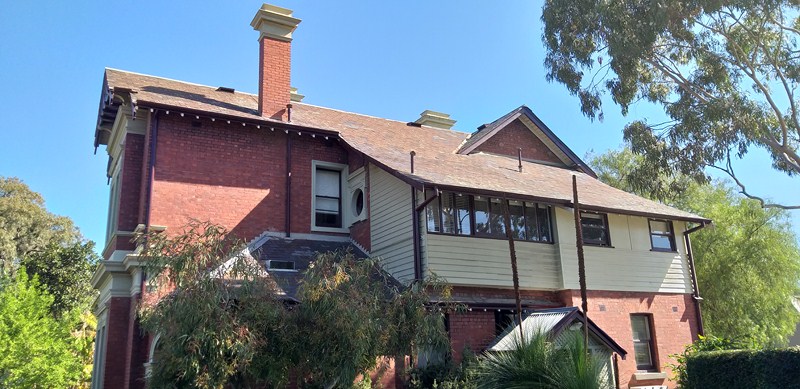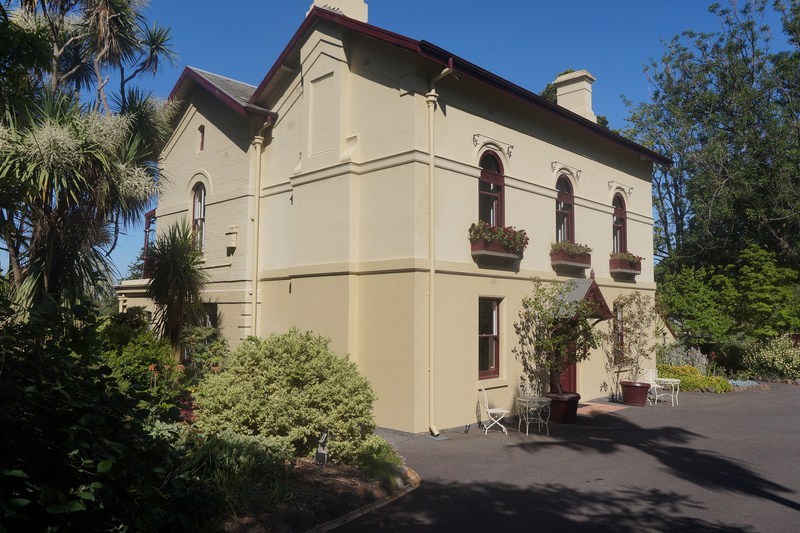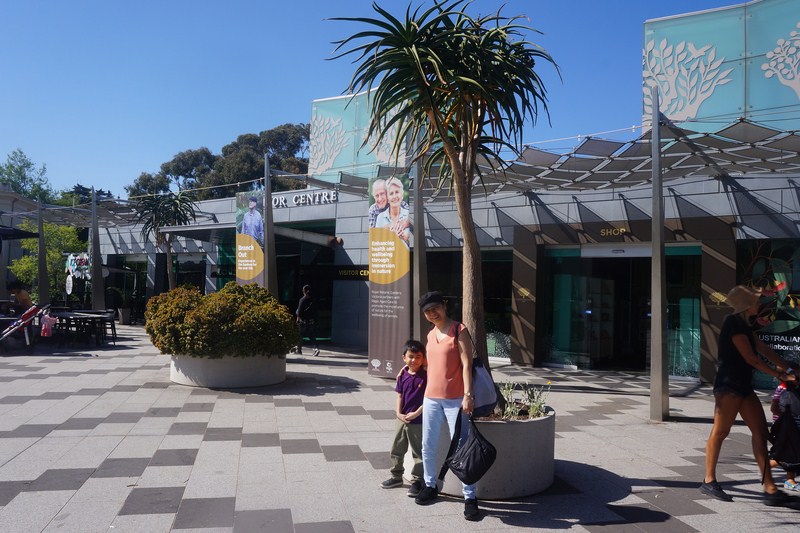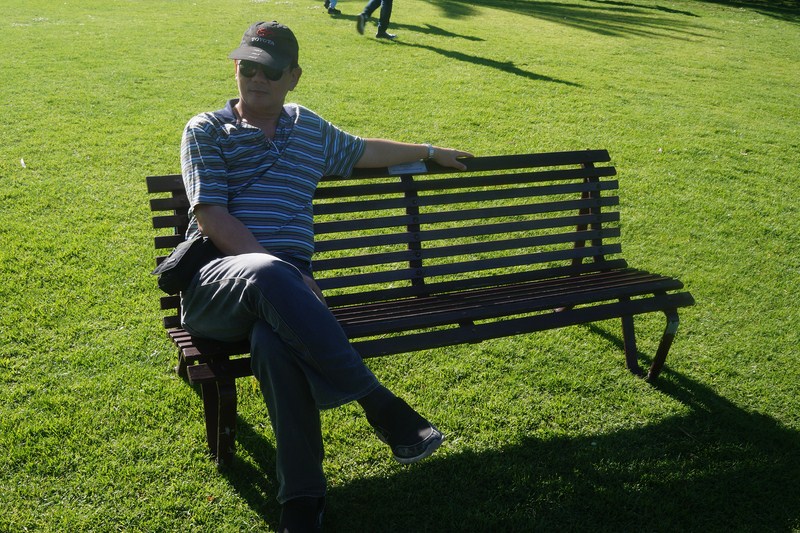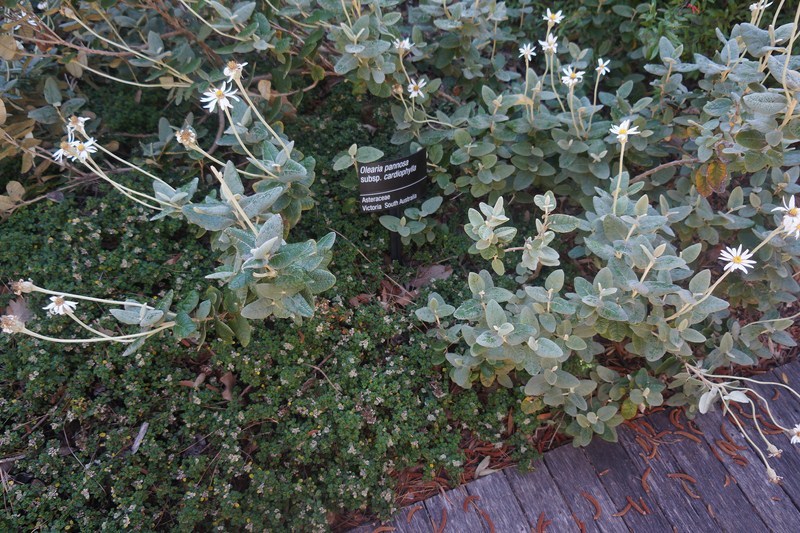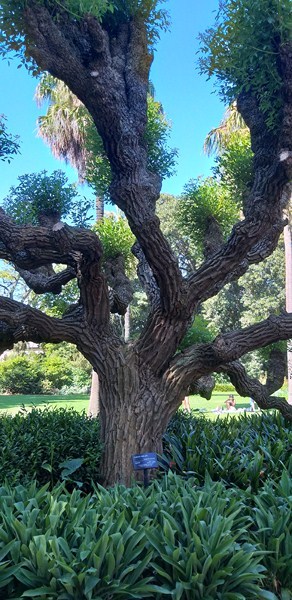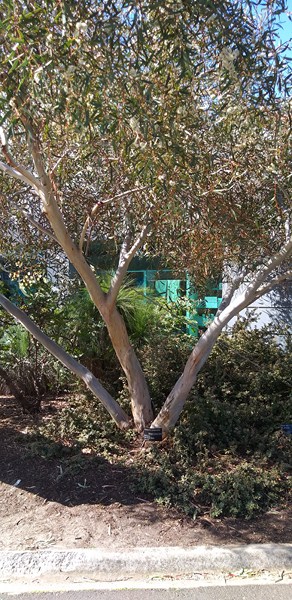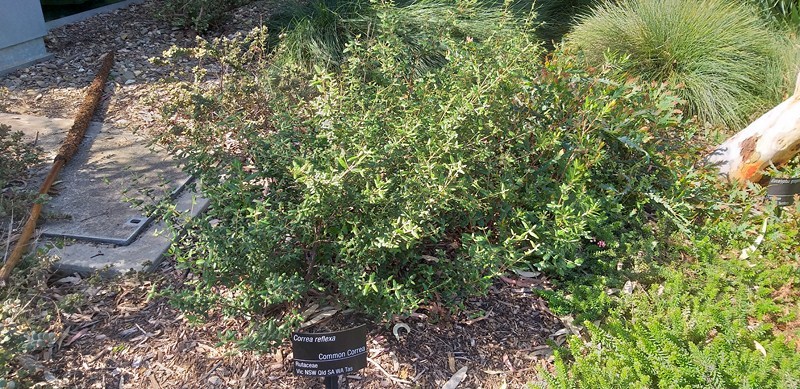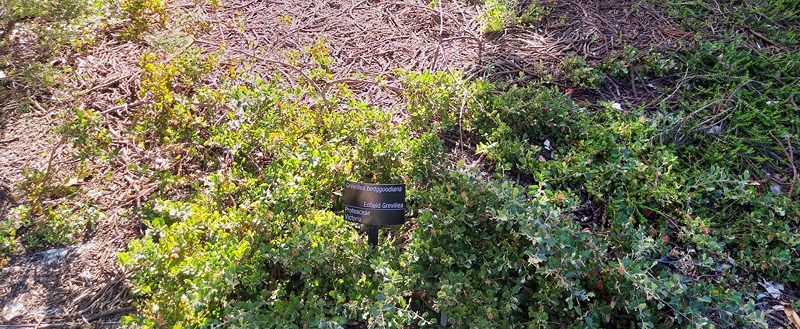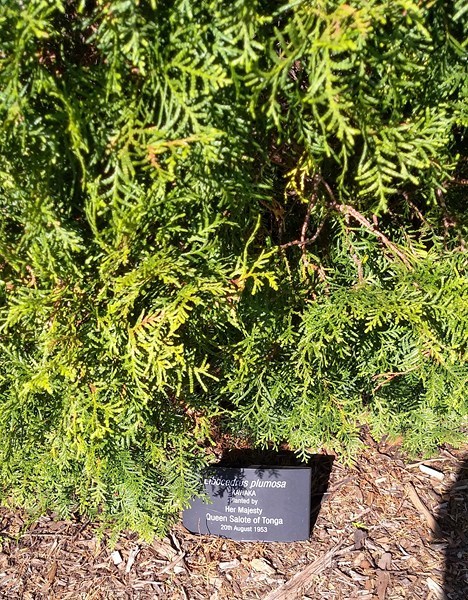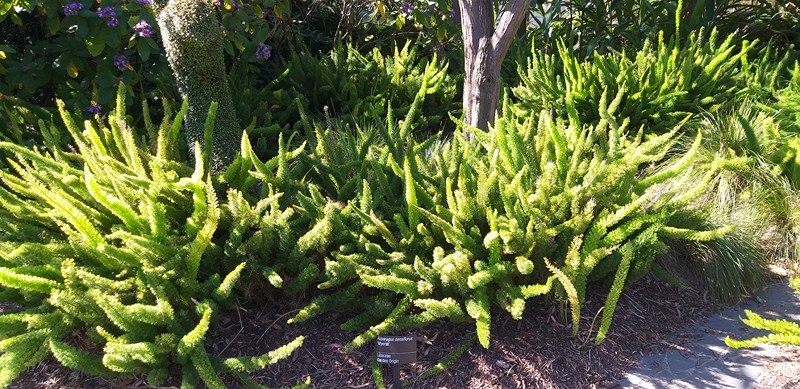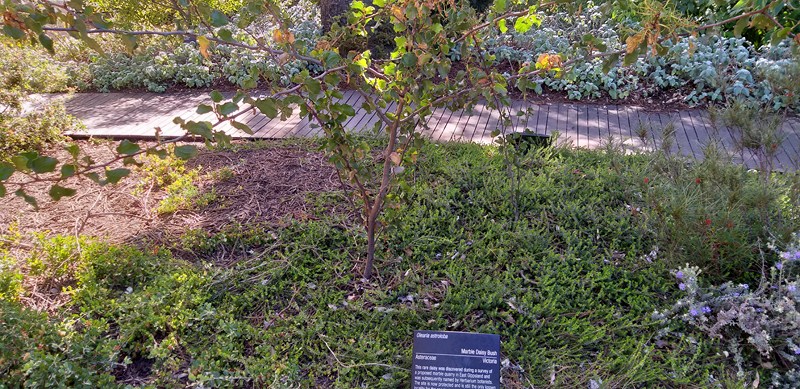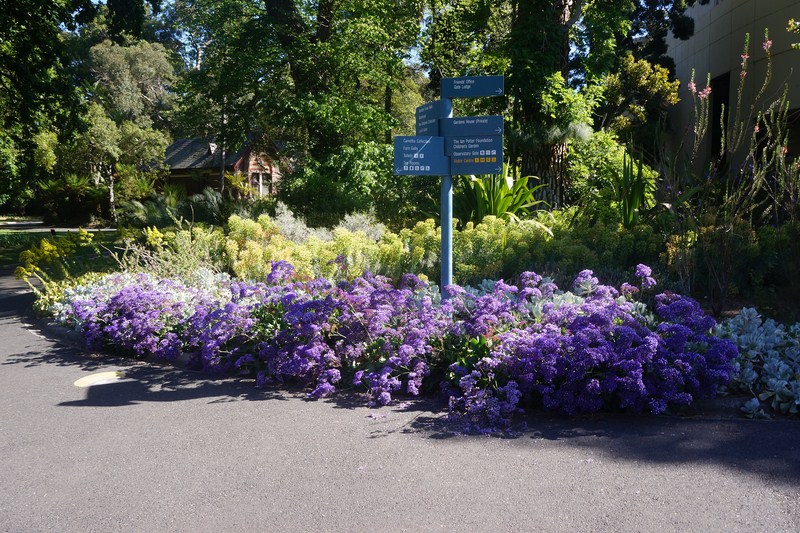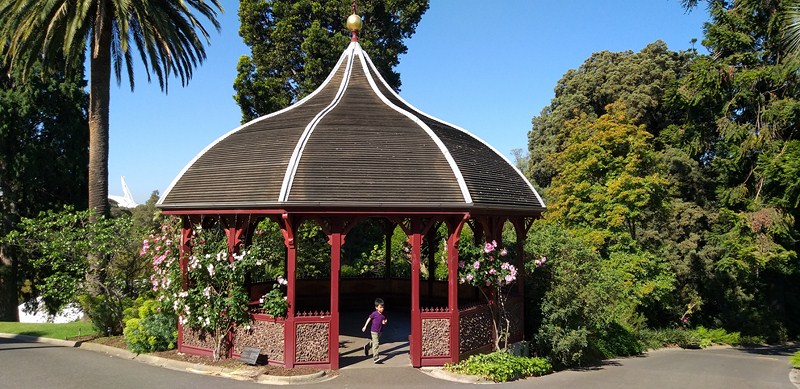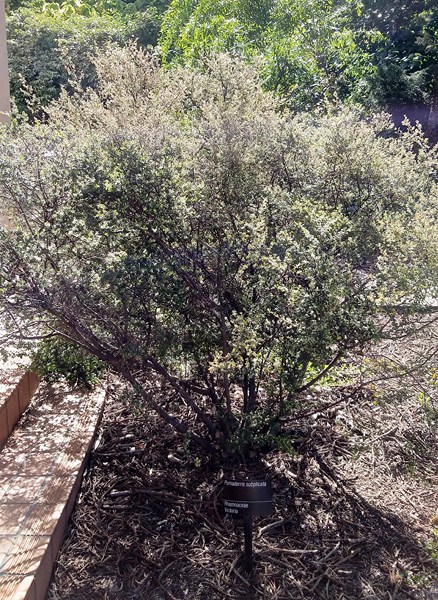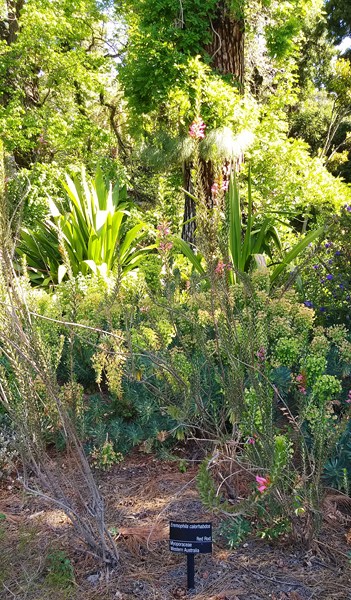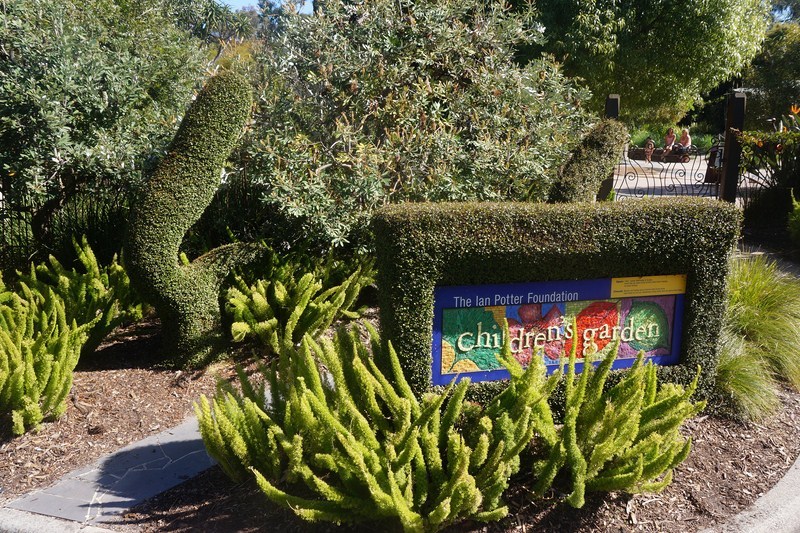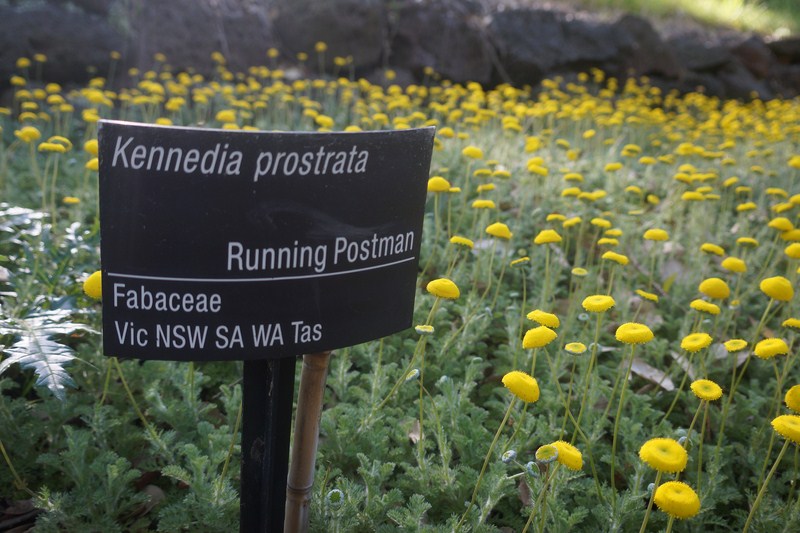From the Shrine of Remembrance, Grace, Jandy, Bryan, Cheska, Kyle and I walked to the nearby Royal Botanic Gardens Victoria. This botanic gardens, across Melbourne and Cranbourne, is home to the State Botanical Collection which is housed in the National Herbarium of Victoria.
Check out “Shrine of Remembrance“
It includes 1.5 million preserved plants, algae and fungi, and Australia’s most comprehensive botanical library. Under the Royal Botanic Gardens Act 1991, the gardens are governed by the Royal Botanic Gardens Board who is responsible to the Minister for Environment.
The Royal Botanic Gardens Melbourne, founded in 1846, were initially intended to be a horticultural exhibition for the public to enjoy. It was built on land reserved on the south side of the Yarra River for a new botanic garden.
Extending across 36 hectares (89 acres) that slope to the river with trees, garden beds, lakes and lawns, it displays, in 30 living plant collections, almost 50,000 individual plants (representing 8,500 different species).
Many seeds were traded between early European botanists such as Arthur and Von Mueller, who planted non-native species.
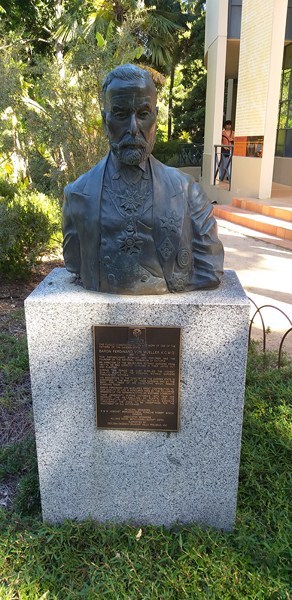
Bust of Baron Ferdinand von Mueller. Baron Sir Ferdinand Jacob Heinrich von Mueller, KCMG was a German-Australian physician, geographer, and most notably, a botanist. He was appointed government botanist for the then colony of Victoria by Gov. Charles La Trobe in 1853 and, later, director of the Royal Botanic Gardens.
On occasions throughout the gardens history, the Queen and her grandfather, Dame Nellie Melba and Paderewski contributed plantings.
Since its earliest days, plant research and identification in the Royal Botanic Gardens was done primarily through the National Herbarium of Victoria which is based at the Gardens.
The State Botanical Collection, also housed in the Herbarium, includes over 1.2 million dried plant specimens plus an extensive collection of books, journals and artworks.
Research findings are published in the journal Mulleria, a scientific representation of the work done in the Gardens in any one year. More recently, the Australian Research Centre for Urban Ecology has been established to look at plants which specifically grow in urban environments.
The Royal Botanic Gardens, Cranbourne, established in 1970, was built on land was acquired by the Gardens on Melbourne’s south-eastern urban fringe for the purpose of establishing a garden dedicated to Australian plants.
Opened to the public in 1989, this generally wild site is significant for biodiversity conservation and focuses solely on Australian native plants.
Here’s the historical timeline of the gardens:
- In 1846, Charles La Trobe selected the site for the Royal Botanic Gardens from marshland and swamp. Initially, much of the native wetlands and swamp lands in the gardens were left.
- In 1857, botanist Ferdinand von Mueller, the first director, created the National Herbarium of Victoria and planted a range of species from around the world.
- In 1873, Director William Guilfoyle added tropical and temperate plants and changed the style of the Gardens to something more like the picturesque gardens that were around at that time.
- In 1877, Sir Edmund Barton, Australia’s first Prime Minister, and Jane Ross were married at the Royal Botanic Gardens.
- Around the turn of the 20th century, the native wetlands and swamplands were re-landscaped to create the Ornamental Lake.
- In 1924, a shooting massacre, resulting in the death of four people, occurred at the Gardens.
- In August 2010, the prominent Separation Tree, a 300-year-old River Red Gum under which Victoria was declared a separate colony, was attacked by vandals
- In 2013, the Separation Tree was attacked again by vandals.
- By 2015, the Separation tree was dead and removal of the canopy and branches commenced.
- In June 2015, the Gardens brought together the elements of the organization under the name Royal Botanic Gardens Victoria. It incorporated Melbourne Gardens, Cranbourne Gardens, the National Herbarium of Victoria and the Australian Research Centre for Urban Ecology (ARCUE)
Living collections at the Botanic Gardens include:
- Australian Forest Walk
- California Garden
- Cacti and Succulents
- Camellia Collection
- Cycad Collection
- Eucalypts
- Fern Gully
- Grey Garden
- Herb Garden
- Long Island
- New Caledonia Collection
- New Zealand Collection
- Oak Lawn
- Perennial Border
- Roses
- Southern China Collection
- Tropical Display-Glasshouse
- Viburnum Collection
- Water Conservation Garden
The gardens, including a mixture of native and non-native vegetation, invariably host a diverse range of both native and non-native fauna.
Hosting over 10,000 floral species (the majority being non-native species), the gardens were the origin from which many introduced species spread throughout southeastern Australia.
In the mid-19th century, seeds were traded between early European botanists studying the Australian flora.
The 5,000 sq. m. Ian Potter Foundation Children’s Garden, based in South Yarra, off the main site, was designed as a discovery area for children of all ages and abilities. For two months of the year (from the end of the Victorian July school holidays), this area is closed for rest and maintenance.
Royal Botanical Gardens: Spring St, East Melbourne VIC 3002, Australia. Open daily, 7:30 AM – 6:30PM. Admission is free.

